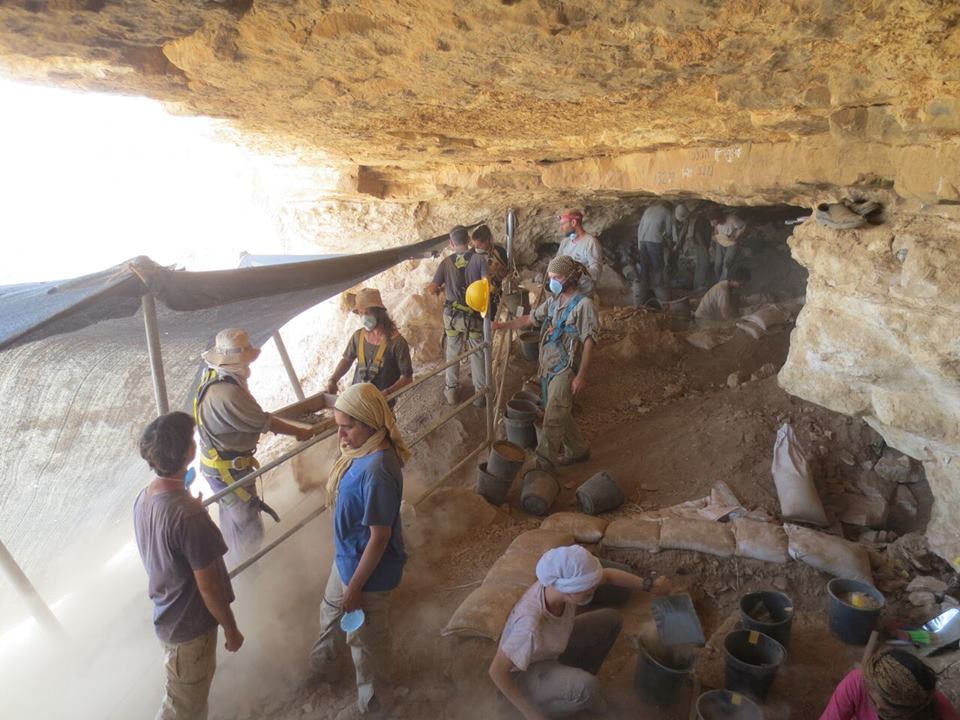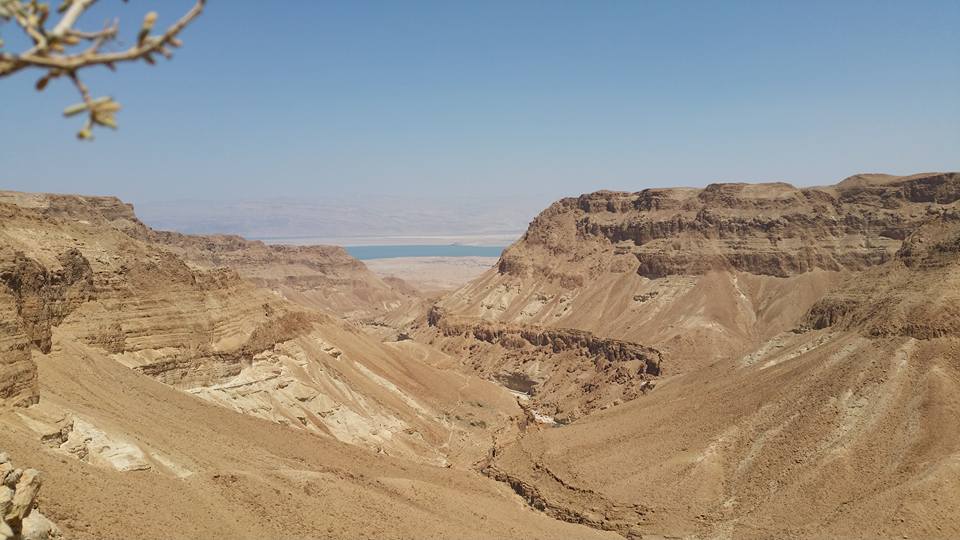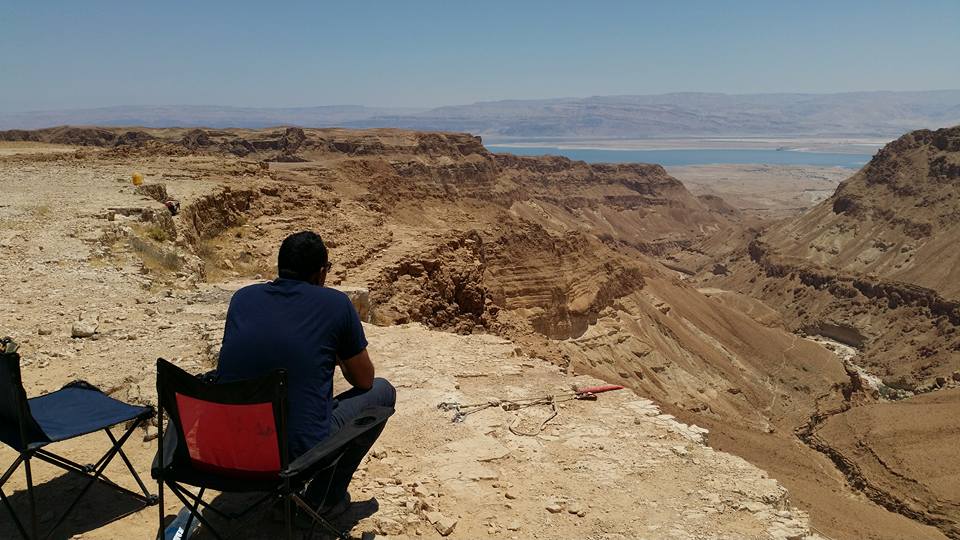At the beginning of May an exciting initiative began by the IAA (Israeli Antiquities Authority) to excavate the caves in the Judean Desert in search of the remaining Dead Sea Scrolls. The catalyst for this was partially due to the area being a prime spot over the last few years for looters and antiquities thieves who have been selling their findings on the black market. Thats why the IAA along with the several other organisations have come together to begin a national plan to find the remaining Dead Sea Scrolls, before the looters do.
The Dead Sea Scrolls (for those who do not know) were a collection of over 900 manuscripts from the Second Temple Period found in caves in Qumran, northwest of the Dead Sea. During this period, families and rebels were hiding from the Roman Empire in caves, hence why the scrolls were found hidden in caves. This excavation was south of that location in a place known as The Cave of Skulls in the Judean Desert.

In 1953 when the cave was last excavated, archaeologists found this area to be a hideout for families and fighters during the Bar Kochba Revolt against the Romans. Discoveries in this cave have ranged from the Neolithic Period to the Copper Age. Unfortunately over the last few years looters have taken a lot of artifacts from this area including scrolls on papyrus paper. This was why the excavation is internally known as an “emergency excavation”.
The three-week dig in May was said to be the biggest dig of its kind in 60 years. 350+ volunteers from all over the country took part. Findings so far have ranged from personal possessions of those who died in the caves such as leather sandals, wooden combs and even arrow heads. The most exciting find so far has been fragments of papyrus, the material used for the Dead Sea Scrolls. While the fragments found do not contain any writing on them, they give a high indication that they are on the right track and more importantly a closer insight into what happened here years ago.
This excavation is the first of many to come as there are still 34 caves to be excavated, each showing proof of human life and use, meaning that something special could be just around the corner.
To keep up-to-date with future excavations, follow the IAA’s excavations page on Facebook.


